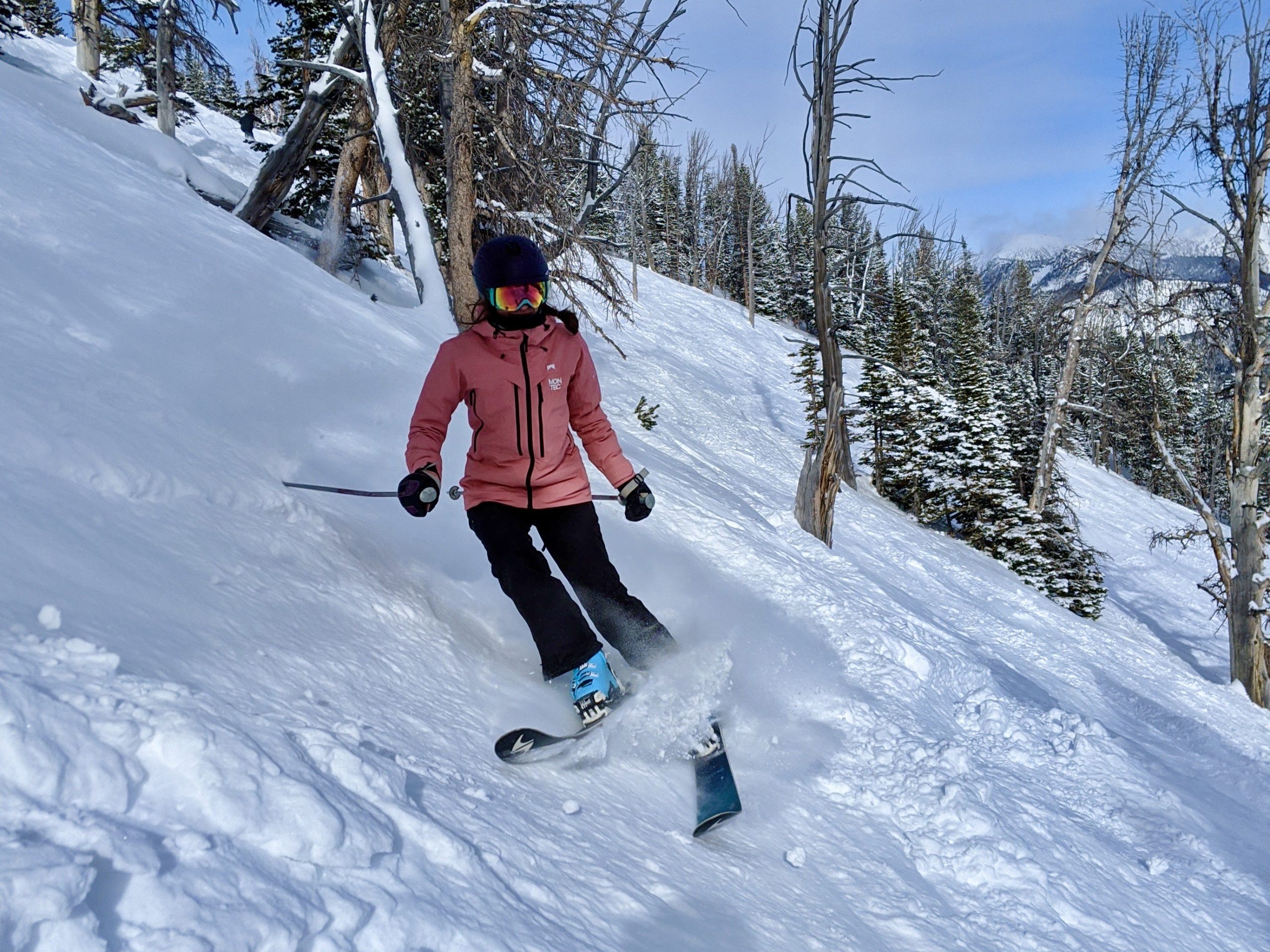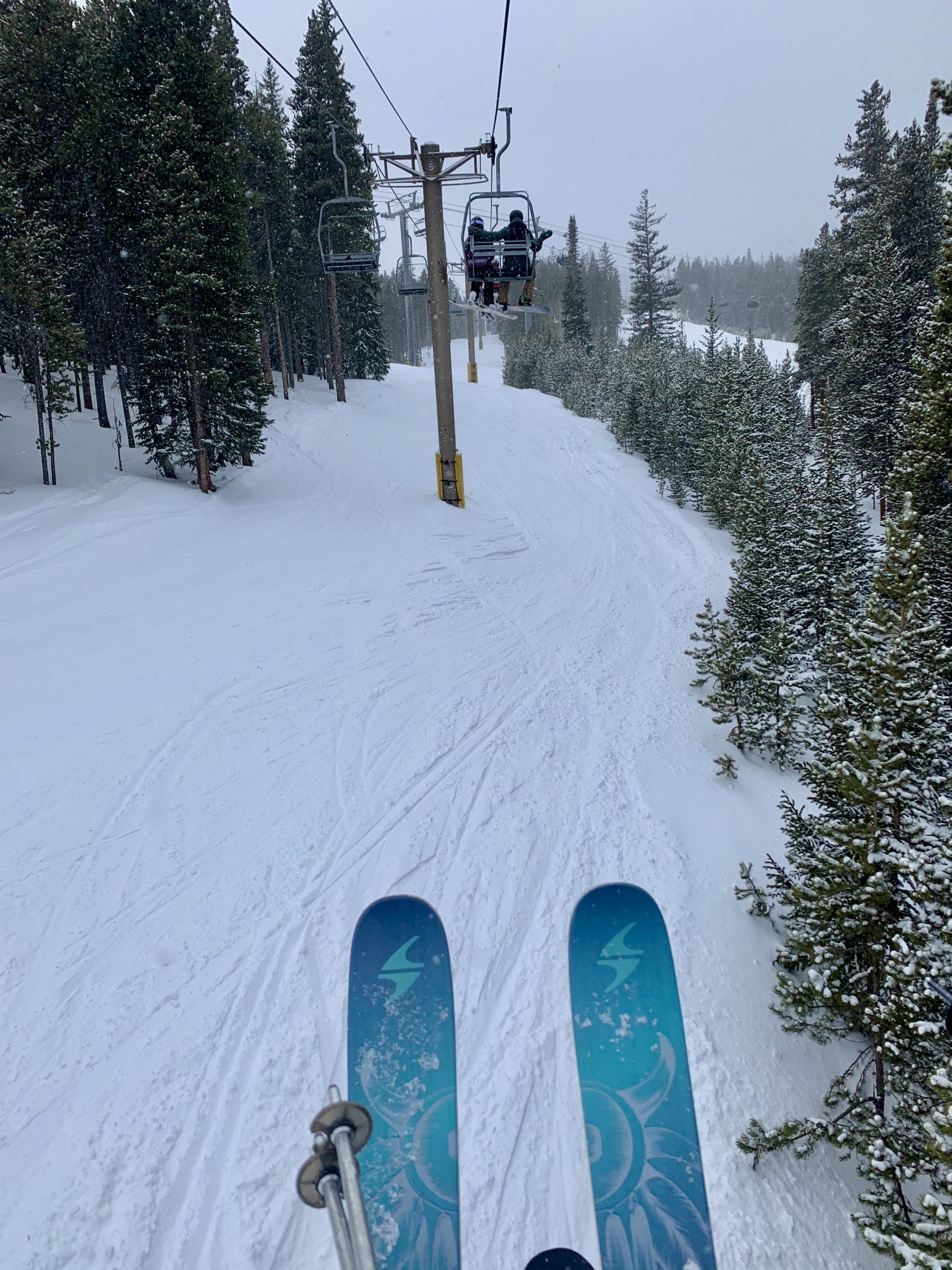consumerism in the outdoor industry
If you think about it, the outdoor industry has a huge consumerism aspect to it

As outdoor athletes, we all care about the environment and are committed to combating climate change, but we often forget the impact our outdoor adventures have on the environment. If you think about it, the outdoor industry has a huge consumerism aspect to it. We all need to have the newest, best technologies in our bikes, our skis, and our climbing gear. Every year we buy more gear, even when out old gear was perfectly adequate. The skiing industry has convinced us that we need a pair of skis for powder, one for hard pack, one for touring, and maybe a soft playful ski just for fun. We buy new skis or new bikes and think, wow that hurts the wallet, but are we thinking wow that hurts the environment?
Bikes contain a lot of metal that must be mined, usually from countries that have very little environmental regulations. Our climbing ropes come from petroleum products and our skis have metal, plastic and wood in them. All our gear comes at the cost of our environment. You can help reduce your impact by buying from companies that are environmentally conscience and by buying used gear, but even with taking those steps you still have a negative impact on the environment.

The biggest impact I think we outdoor athletes have on the environment, is our gas consumption in our cars. We drive places to climb, to bike, to ski, to kayak, and to hike. All those small and large car trips add up to a significant amount of greenhouse gas emissions. Carpooling helps to reduce the impact a bit, but we love to drive all over the country to go on outdoor adventure trips.
This blog post isn’t supposed to discourage people from buying new gear or from going on that ski trip to Canada, I just want to raise a little awareness on an often-overlooked impact of the outdoor industry. It is great to support renewable energy and decreased consumerism, but I think it’s important that the outdoor industry to take ownership in its role in climate change.
Author:Nina Paris
